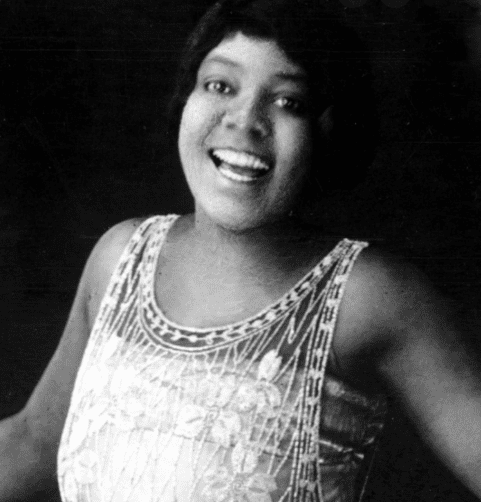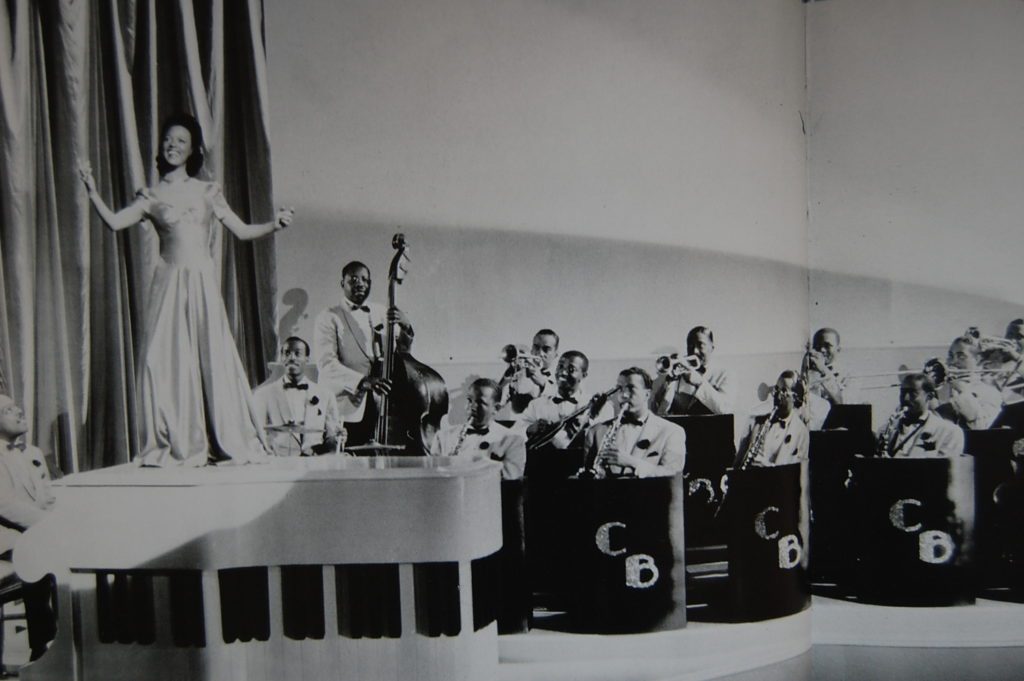By: Jala Stubbs
30s

Jazz Genre of the 30s
Swing Jazz was the sound of the 1930s. Following the roaring 20’s, swing jazz introduced a new sound that would be coined “Swing” music that had upbeat, fun melodies. Jazz was worldwide with enthusiast in Europe, South America, and Asia. Two influential figures from this era would include: Louis Armstrong, a trumpeter, and a pioneer of jazz and Bessie Smith, a significant Jazz singer. Louis Armstrong consolidated all the former aspects of Jazz, its original form born in New Orleans being traditional Jazz. He was also the father of the organized solo. Bessie Smith was a well known blues singer who carried her musical talents in to the Swing era. Ma Rainey was Bessie’s predecessor who was a pioneer of the Blues era. Jazz collided with the media through the power of radio, however the many topics of media interest featured white Jazz musicians, such as Benny Goodman.

40s

Jazz Genre if the 40s
Bebop was the sound of the 40s. During the Great Migration, Jazz has gained a lot of traction and southern black migrants were a receptive audience. Bebop became popular following World War 2, planting its seeds in Harlem. The fast tempos, complex melodies, and chord progression had changed the face of Swing Jazz. A music that had been popularized and used for dance became almost strictly for listening. Although Swing was king during World War 2, the complicated spontaneous music pushed the traditional boundaries of what Jazz was and sounded like. Popular Jazz figures include Dizzy Gillespie, Charlie Parker, and Thelonius Munk. Gillespie a famed trumpeter, Parker a famed saxophonist, and Munk a famed pianist all contributed to the era of Bebop and no one expression was exactly the same.



